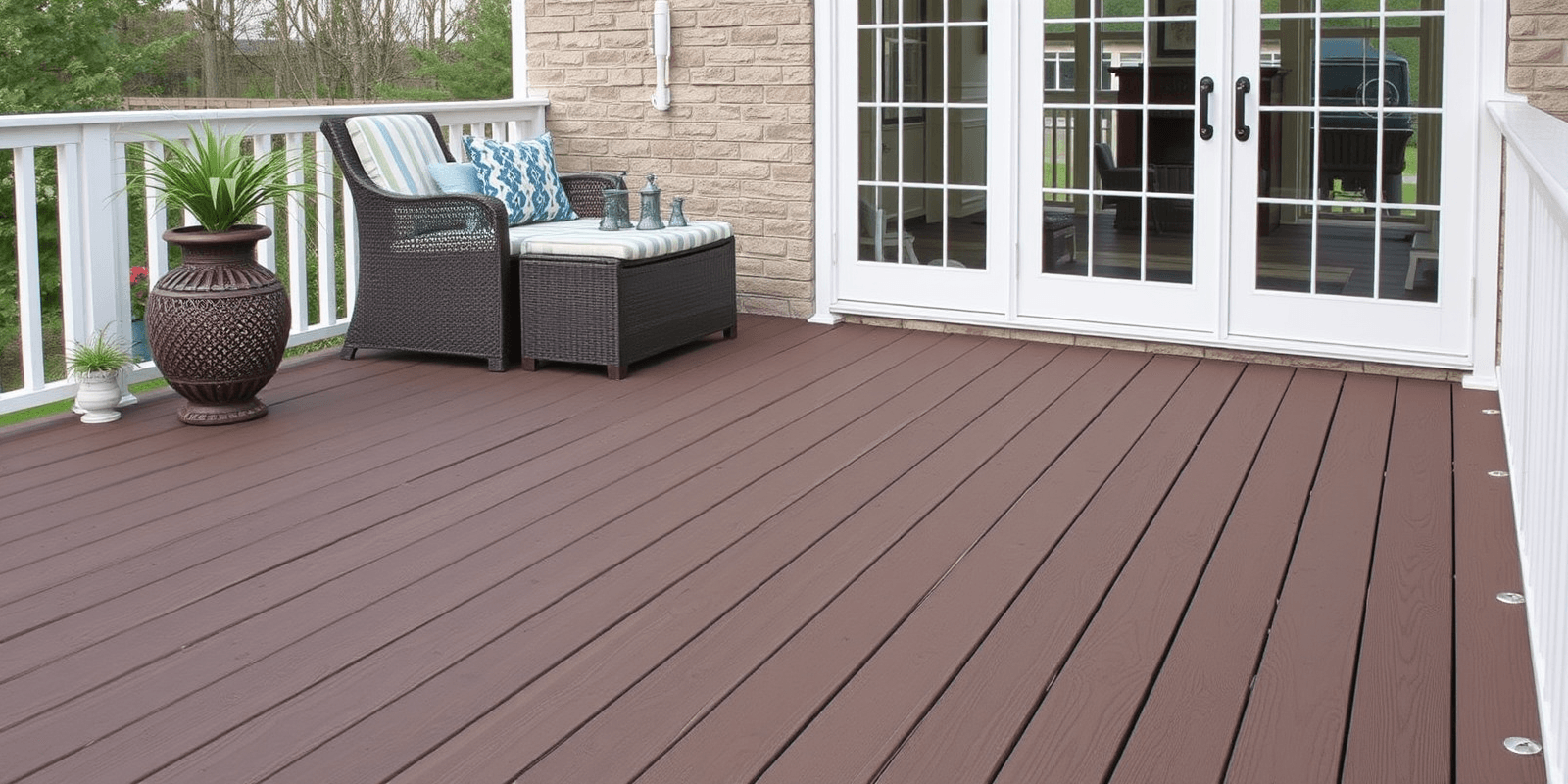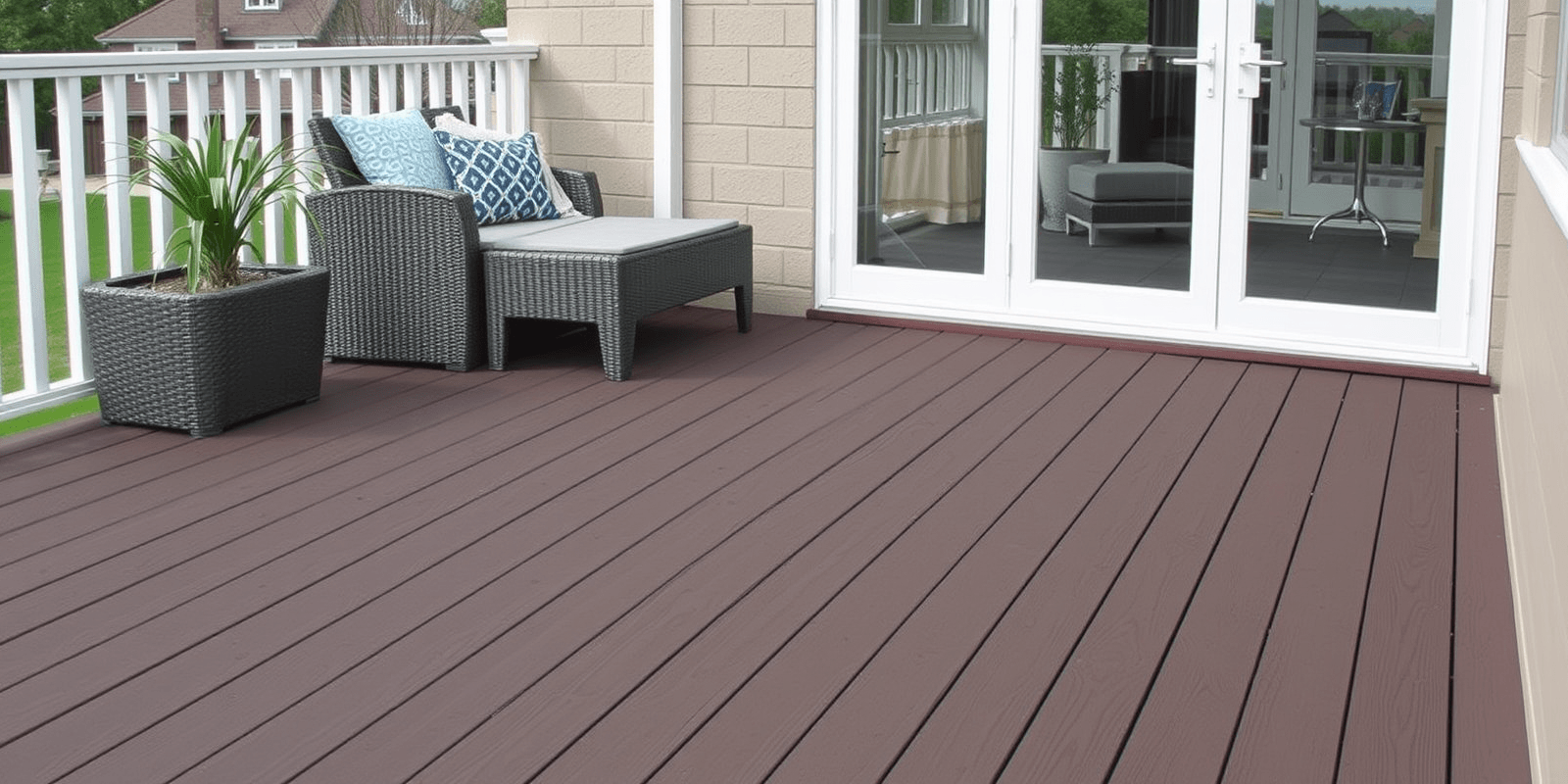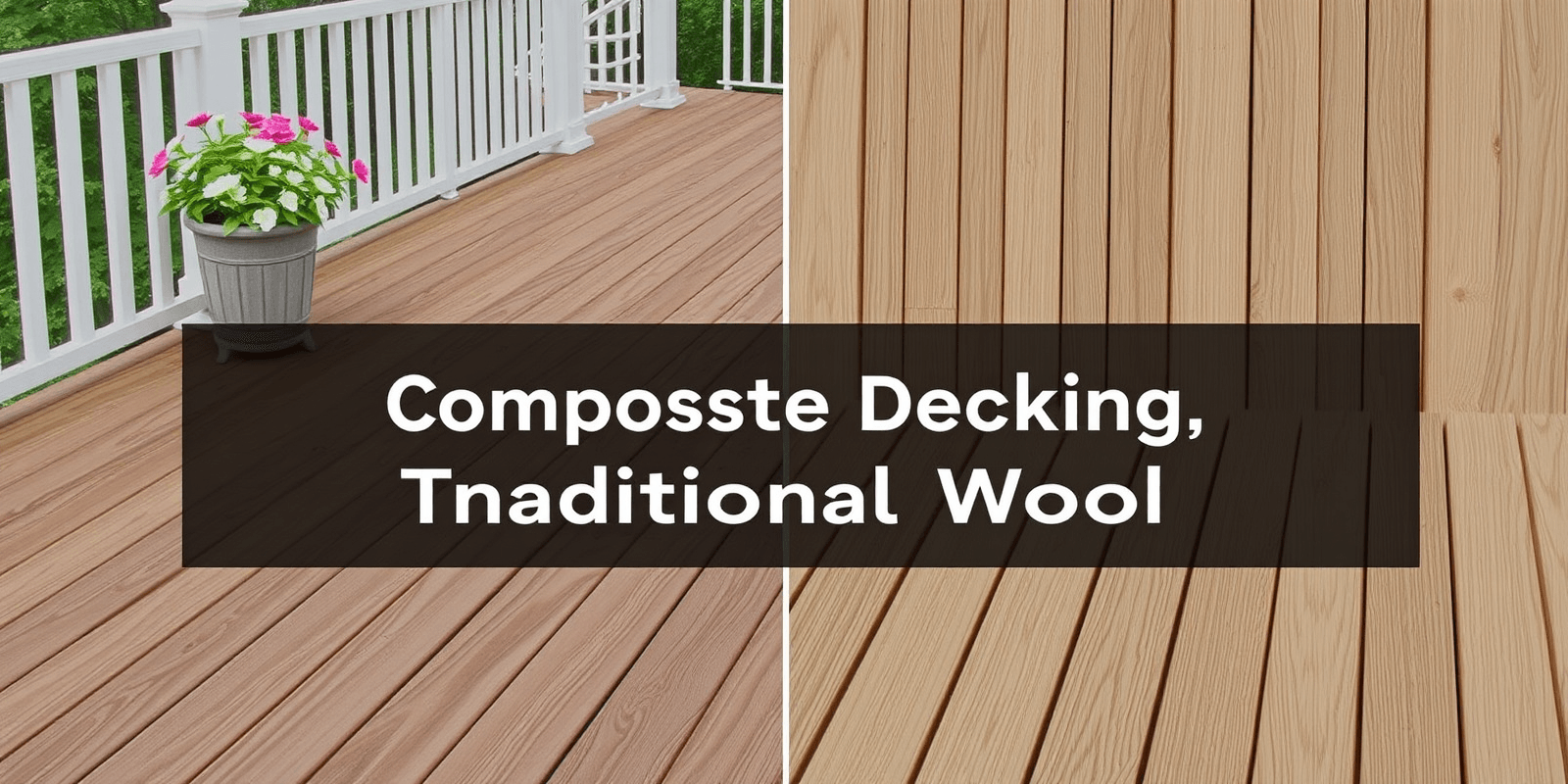Choosing the Right Composite Wood Decking for Your Home
Introduction
Composite wood decking has become increasingly popular among homeowners due to its durability, low maintenance requirements, and aesthetic appeal. Unlike traditional wood, composite materials are made from a mixture of wood fibers and recycled plastics, offering a more sustainable option for outdoor living spaces. However, choosing the right composite wood decking can be overwhelming with the variety of options available in the market. This guide aims to provide a comprehensive overview of the different types of composite wood decking, their pros and cons, and tips on making an informed decision based on your specific needs.
Types of Composite Wood Decking
Composite wood decking comes in various forms, each with its unique characteristics. The primary types include:
- Capped Composite Decking: Capped composites have a protective layer (cap) on top of the core material. This layer enhances resistance to stains, scratches, and UV damage, making it a durable option for high-traffic areas and harsh climates. It is often more expensive than other types but offers longer-lasting performance.
- Un-capped Composite Decking: Un-capped composites lack the protective layer found in capped composites. They are generally less expensive but require more maintenance to prevent fading and scratching. These products are suitable for mild climates or low-traffic areas.
- Cellular PVC Decking: Cellular PVC decks are made entirely from plastic and do not contain any wood fibers. They are highly resistant to moisture, insects, and rot, making them ideal for humid or coastal environments. However, they tend to be more expensive and may not offer the same natural wood appearance as composite materials.
Pros and Cons of Each Type
Understanding the advantages and disadvantages of each type of composite wood decking can help you make a more informed decision:
- Capped Composite Decking: Pros include superior resistance to weather elements, minimal maintenance, and a wide range of color options. Cons involve higher initial costs and potential for discoloration if not properly sealed.
- Un-capped Composite Decking: Pros include affordability and availability in a variety of styles. Cons include greater susceptibility to scratches, fading, and higher maintenance requirements.
- Cellular PVC Decking: Pros include excellent water resistance, low maintenance, and resistance to pests and decay. Cons include higher cost, limited color options, and a less natural appearance compared to wood-like composites.
Tips for Making an Informed Choice
When selecting composite wood decking, consider the following factors:
- Climate: Choose a product that can withstand your local weather conditions. For instance, capped composites are preferable in areas with heavy rainfall or extreme temperatures.
- Budget: Determine how much you are willing to spend upfront and over time. While some options may be cheaper initially, they could require more frequent replacement or maintenance.
- Design Preferences: Consider the look and feel you want for your deck. Some composite materials mimic the appearance of natural wood more closely than others, which can enhance the overall aesthetics of your outdoor space.
Conclusion
Choosing the right composite wood decking involves evaluating multiple factors such as climate, budget, and personal style preferences. By understanding the differences between capped and un-capped composites, as well as cellular PVC options, you can select a product that best meets your needs and enhances your home’s value. Always consult with a professional installer to ensure proper installation and long-term satisfaction.
Reference
DeckStoday provides valuable insights into the latest trends and best practices in composite wood decking.



